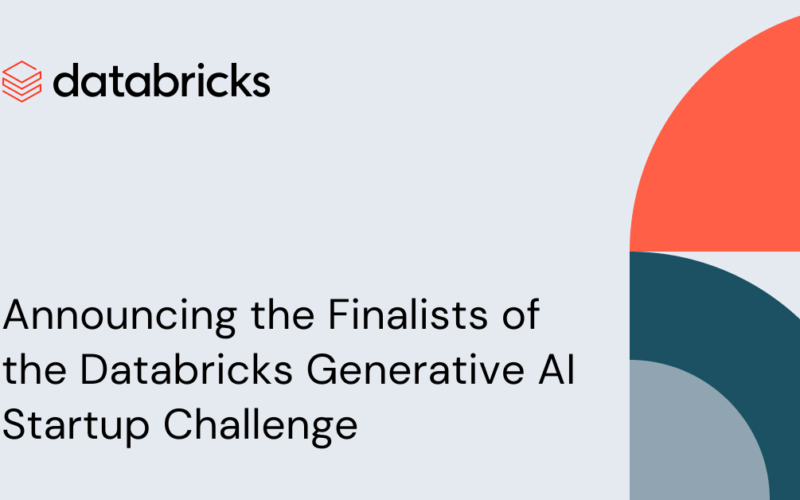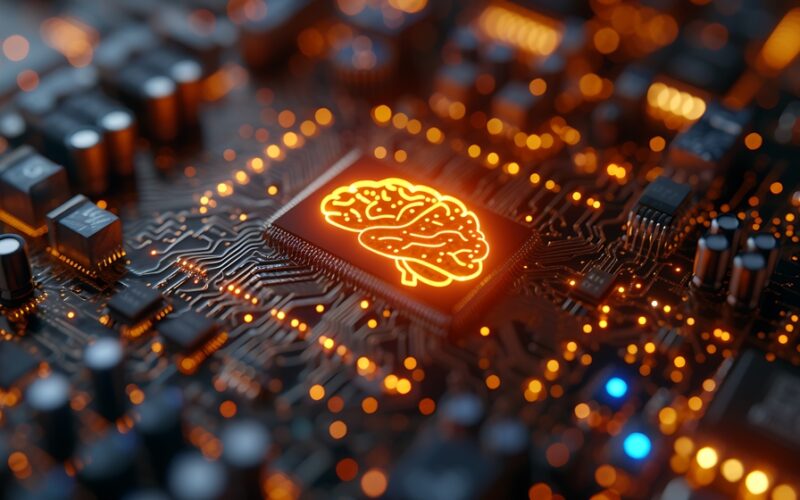20
Nov
(Image source: Pepperdata) The exponential growth in large language model (LLM) size and the resulting need for high-performance computing (HPC) infrastructure is reshaping the AI landscape. Some of the newer GenAI models have grown to well over a billion parameters, with some approaching 2 trillion. Google Cloud announced that in anticipation of even larger models, it has upgraded its Kubernetes Engine’s capacity to support 65,000-node clusters, up from 15,000-node clusters. This enhancement enables Google Kubernetes Engine (GKE) to operate at a 10x scale compared to two other major cloud providers, according to Google Cloud. While Google Cloud did not specify…





